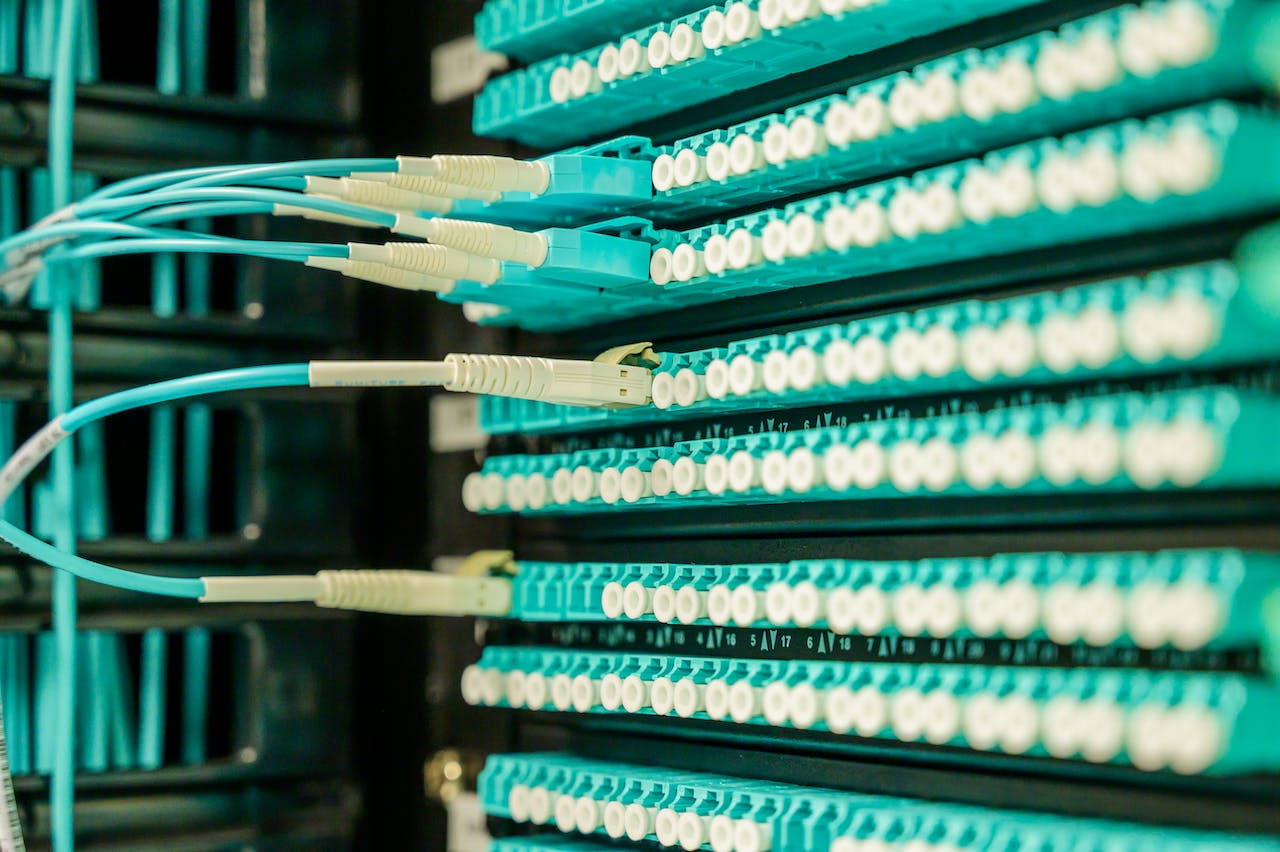Last update at :2024-05-31,Edit by888u
After buying a VPS, the next step is to install it. Installing a vps is actually just a very general term. In fact, it contains a lot of content. If you are a novice, this article will generally teach you some simple steps in installing a VPS. For the details, experienced users can just ignore this article and don’t waste time!
There is too much content, I don’t know how to write it... Please join the group and tell me what content you want to write.
, this site:
Step 1: Install the operating system
After the VPS is activated, the specific VPS management panel information will usually be included in the email. After everyone logs in, they will start to select and install the system. Choose the operating system according to your own preferences, such as Windows server, centos, debian, Ubuntu and other popular ones.
For foreign merchants, no matter what panel it is, there will basically be "install" and "reinstall" on the VPS management panel. The operating system is installed by default when VPS is opened. We need to click "reinstall" to reinstall. You can choose it yourself. For Linux systems, the installation generally takes a few minutes or less, and for Windows it takes a little longer...
Step 2: Log in to the operating system
centos, debian, and Ubuntu all log in remotely through SSH. You can choose putty, xshell and other software to log in. Most merchants basically use port 22 by default, and some will help you change the port and just use the official port provided for you. Everyone knows about Windows remote login. In fact, most VPS control panels have VNC or remote control tools similar to NVC. You can also log in here!
Step 3: Update the operating system for patching and other operations
apt-get update && apt-get upgrade is suitable for debian and Ubuntu
yum update is suitable for centos
For Windows, this is very intuitive, don’t say it!
Step 4: Install BBR for network optimization
wget --no-check-certificate https://github.com/teddysun/across/raw/master/bbr.sh && chmod +x bbr.sh && ./bbr.sh
Step 5: Install the website building environment
For LNMP or LAMP environments, you can do it manually or use some of the more popular one-click installation packages on the Internet. Here are some more mature ones recommended to you.
oneinstack.com
lnmp.org
bt.cn
vestacp.com
Ajenti.org
webuzo.com
centminmod.com
Wait
There is too much content, I don’t know how to write it... Please join the group and tell me what content you want to write.
, this site:
Recommended site searches: Singapore server, foreign server rental, website registration, domain name quick registration, US host ranking, Henan domain name registration, virtual host recommendation, application for free space, registration query, private server website space,








发表评论